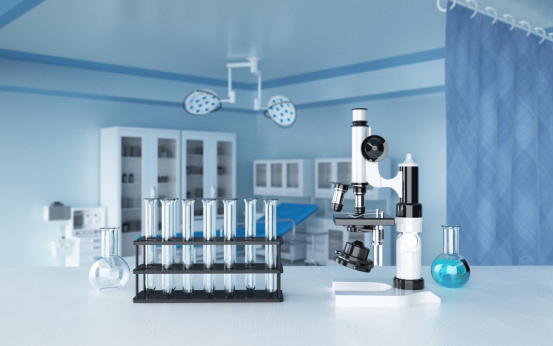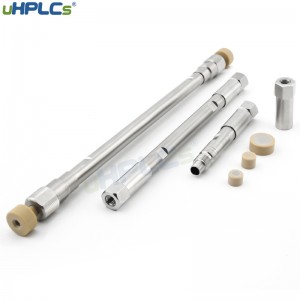UHPLC is a specialised liquid chromatography method that runs faster, with better resolution and uses less solvent than HPLC. UHPLC achieves this by using smaller columns filled with smaller particles (typically less than 2 µm in diameter). Researchers in biochemistry, cell and molecular biology, clinical medicine and many other fields rely on UHPLC to separate different types of molecules from mixtures – whether these are proteins, peptides, metabolites, pharmaceutical compounds or other chemicals.
Although UHPLC is clearly better, it is not always the best choice. When you are considering switching to UHPLC, Henspectrum will help you distinguish what is important from what is not.
Why UHPLC?
Although both UHPLC and HPLC have advantages in a variety of situations, sometimes UHPLC is clearly the best choice. In particular, UHPLC’s offer better separation because they have smaller column particles. However, researchers do not always need this capability. Hundredspectrum recommends that you need to consider which separation will provide the best efficiency in a manageable amount of time. If you are separating two components in five minutes and only performing a few analyses per day, it is unlikely that you will need UHPLC as the separation of HPLC is both adequate and relatively rapid.
Even if you don’t need higher separation capacity, UHPLC can still improve your throughput. Higher chromatographic separation can be used to improve the separation of complex samples or to increase the speed of analysis by using shorter columns and maintaining separation, so both high throughput applications and high resolution analysis will benefit most from UHPLC.
Choose considerations for UHPLC
UHPLC uses smaller particles within the column. uHPLCs’s 1.8 particle size ultrapure silica packing allows you to increase the effectiveness and speed of your chromatographic analysis. The tightly distributed particle size and shape reduces back pressure, provides consistent batch stability and is reusable. Because of the smaller particle size, more force is required to drive the solvent and sample through the column.
UHPLC requires pumps that can operate at higher pressures than those used in HPLC. On the other hand, although the initial cost of a UHPLC system is usually higher than its HPLC counterpart, the total cost of ownership may actually be lower. Compared to HPLC systems, UHPLC systems can produce faster results with fewer reagents, and the increased throughput can lead to increased productivity. In this case, the higher initial cost of the UHPLC system may actually save the laboratory money over several years.
Despite the differences, new column packings are beginning to blur the boundaries between HPLC and UHPLC. For example, for both HPLC and UHPLC, the new ‘core-shell’ or ‘porous’ particles offer better performance than conventional column particles. Core-shell particles have a larger surface area, which means that they outperform conventional particle cousins at lower working pressures. For HPLC and UHPLC, balancing equipment cost and performance becomes more flexible. Whether you need simple high throughput separations or higher separation capacity, UHPLC is evolving to meet more types of needs than ever before.

Post time: Jun-11-2022







